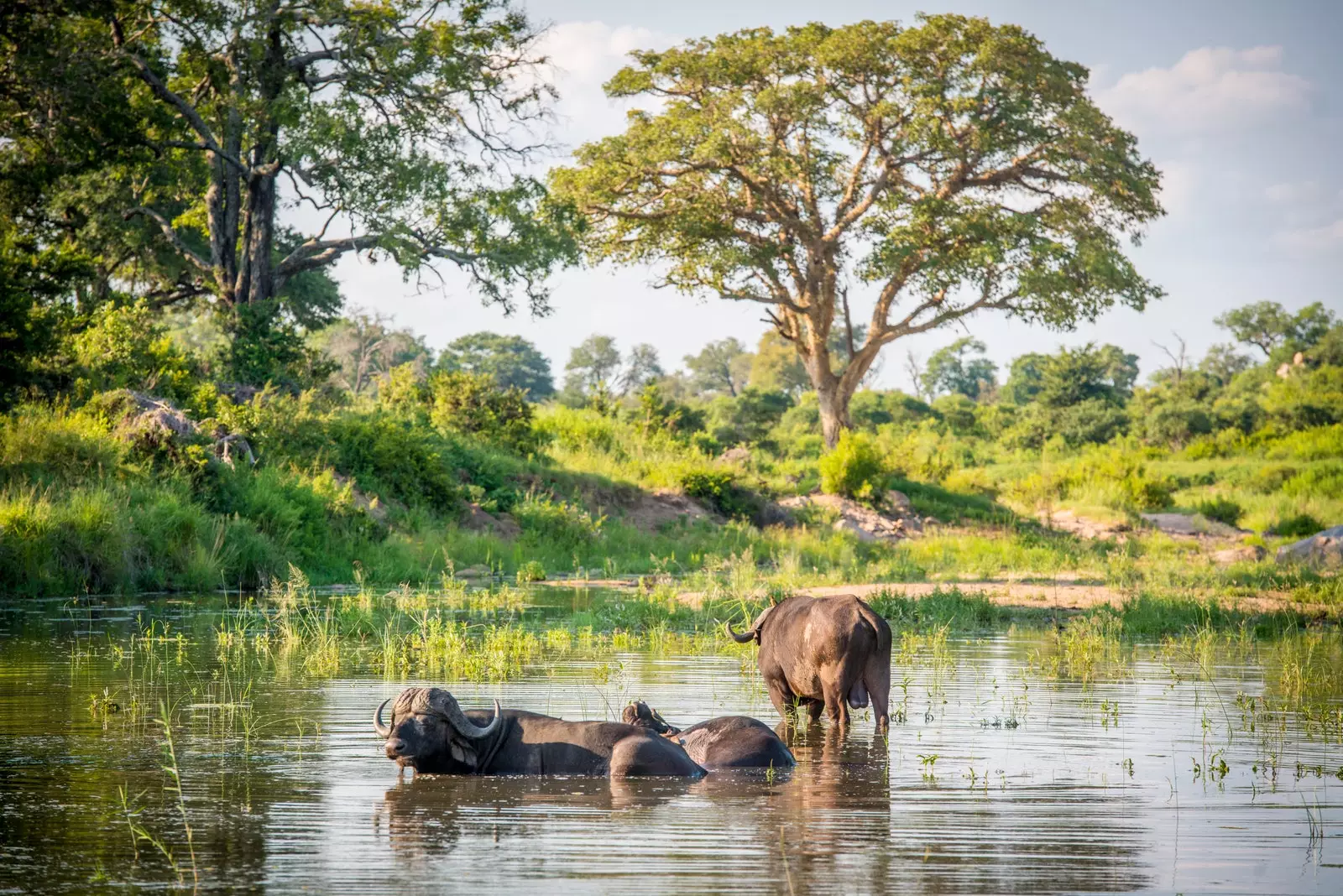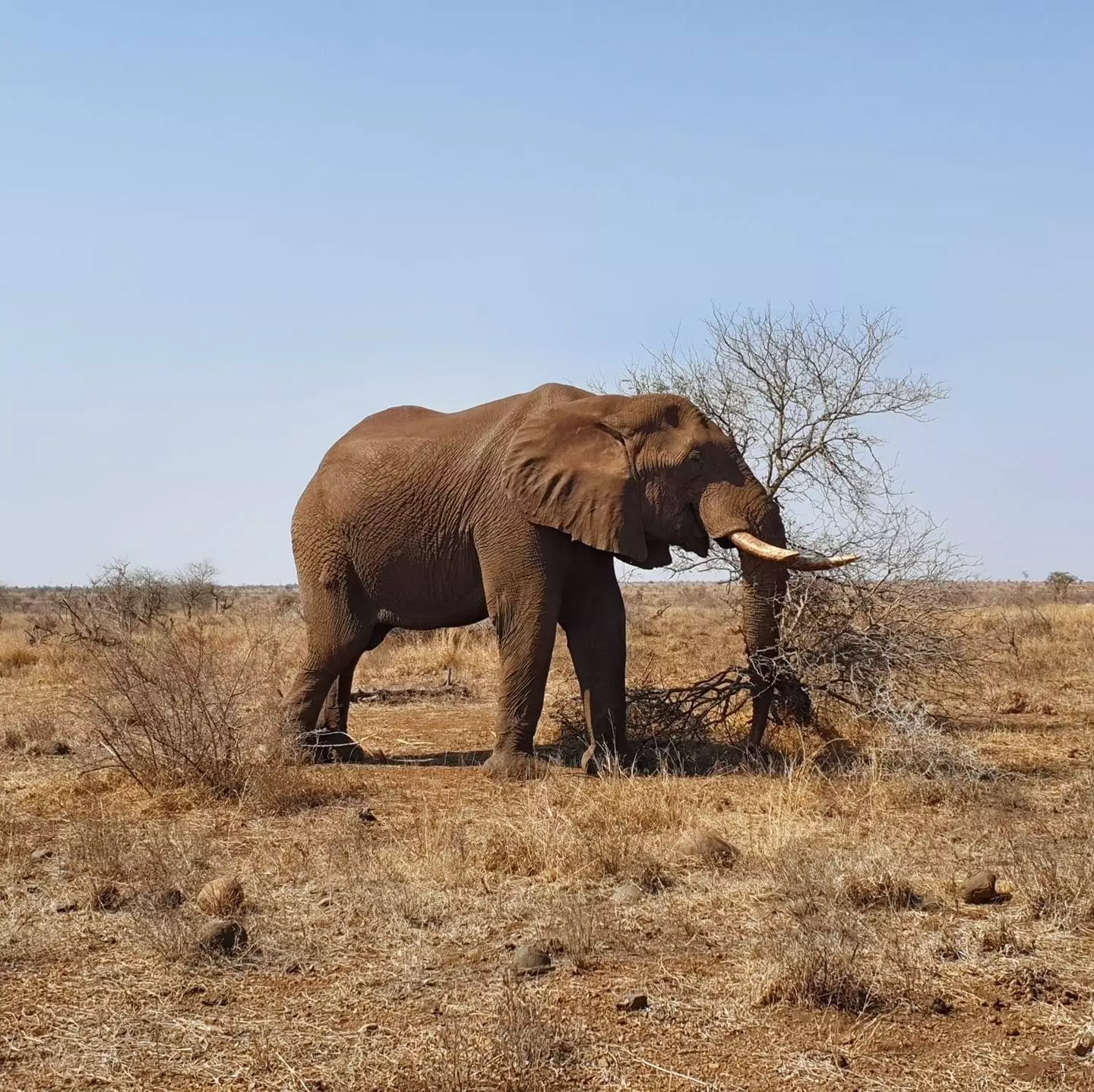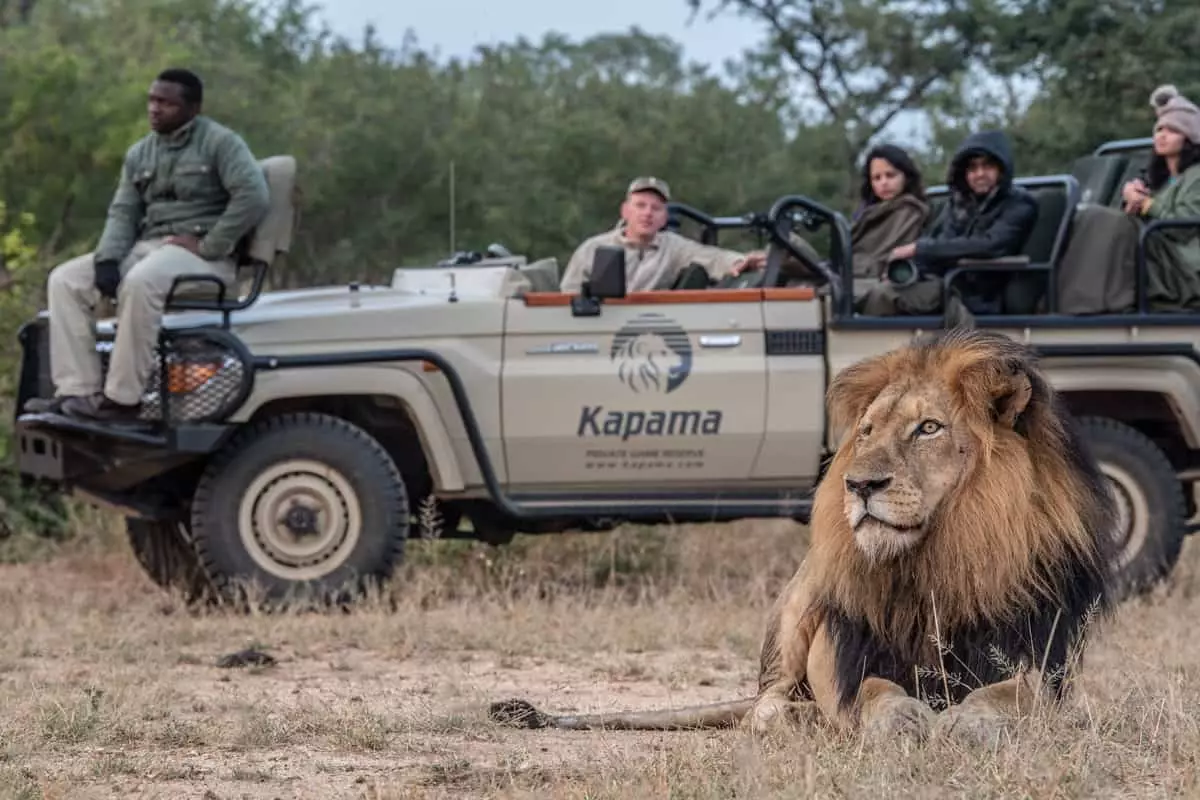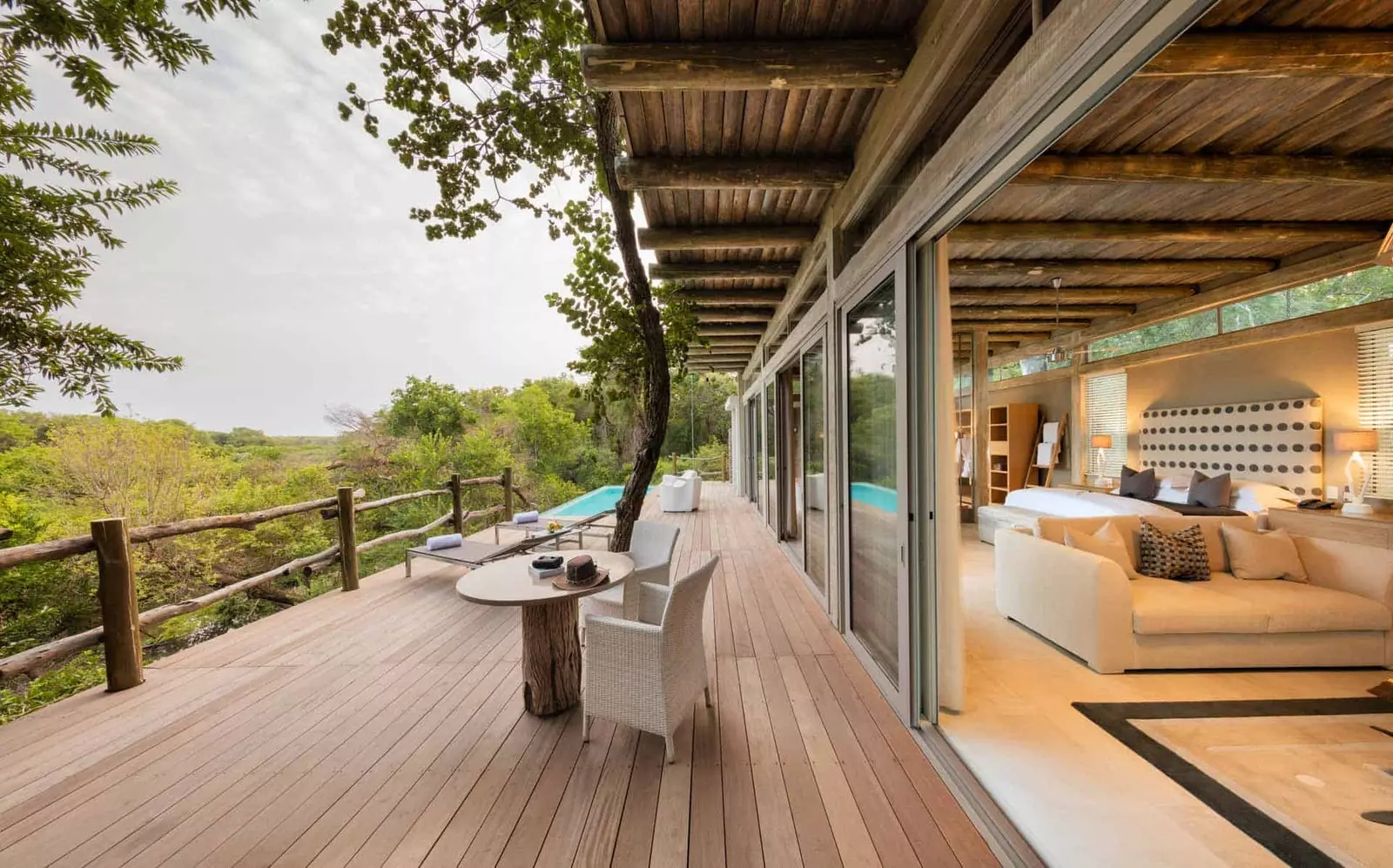We globetrotters have endless reasons to put South Africa on the list of our desired destinations: one of the most important tourist destinations on the planet for its scenic beauty, cultural diversity, primitive history and the enormous number of activities related to nature that it offers.
This wonderful country, the southernmost in Africa, where the waters of the Indian Ocean and the Atlantic mix, has one of the largest game reserves in the world : Kruger National Park. As big as Belgium and with more than a century of experience, Kruger has become the territory's flagship national park. For this reason, many know him as the “King of National Parks”.
I invite you to join us on an exciting journey through the Kruger National Park and Greater Kruger, good examples of the importance for conservation tourism biodiversity.
RAINBOW NATION
The Republic of South Africa, located at the southern tip of the African continent, is a network of landscapes, culture, history and up to 11 official languages. For this reason it is known as "Rainbow Nation" Its most populous city is Johannesburg, with about six million inhabitants. Known as Jozi or Egoli (place of gold), it is the financial center of South Africa and generates approximately 12% of the country's Gross Domestic Product (GDP). Despite this, it is designed to live outdoors, since it has no less than 2,328 parks: Johannesburg is a true urban forest.
In general, South Africa is one of the countries with the richest fauna and flora, which is why it is on the list of countries with the greatest biodiversity on the planet. It has more than 20,000 different plant species that represent about 10% of all known species in the world.
THE KRUGER NATIONAL PARK OR THE GREAT KRUGER?
Before flying to South Africa, many travelers ask this question: what are the differences between the Kruger National Park and the Greater Kruger?
In reality, both are neighbors located in the extreme northeast of South Africa. As a whole, they represent one of the most biodiverse biospheres on this continent.

Buffalo pool.
while the first is the largest and oldest national park in South Africa and is managed by the government, the second is made up of several private reserves.
The fences separating the Greater Kruger Private Reserves from the Kruger National Park were removed in 1993 so that wild animals could move freely between the two wilderness areas. For visitors, however, movement between both protected natural spaces is restricted , since they operate as independent ecotourism destinations.
THE KRUGER NATIONAL PARK
Kruger National Park is the largest and oldest of the 21 national parks in South Africa. In addition to being home to thousands of plant and animal species, this natural space is vital to understanding the history of South Africa and of all humanity, as houses some of the oldest paleoanthropological sites in Africa . Researchers have found fossil remains in this area dating back to 1.5 million years BC. Here there are more than 250 cultural heritage sites, including fossils and areas with rock art.
Kruger's journey began in 1889, when was christened the Sabie Game Reserve . Then the need to protect animals was proposed, but the government still took 37 years to name this space as a protected reserve . In 1926 the National Parks Act was enacted, and the authorities quickly created the Kruger National Park.

The elephant, one of the members of the Big Five.
At present, this natural space It is home to an overwhelming biodiversity , with more than 2,000 species of plants and 500 species of birds. Among the mammals, the so-called “Big Five”: the lion, the leopard, the black rhinoceros, the elephant and the cape buffalo.
GREATER KRUGER, THE PRIVILEGE OF EXCLUSIVITY
The Great Kruger is an area of 20 million hectares of wild nature , where there are no fences and animals enjoy free movement , extremely important for nature tourism and conservation.
Here we can find 20 private reserves, managed by ecotourism companies who, with the funds they obtain from their activities, promote research projects and work with local communities. Of all of them, we we highlight the Kapama Private Reserve.

(close) experiences.
To begin with, this reserve allows a limited number of visitors, offering experiences without crowds and much more intimate and close to animals. It also has expert guides who offer night tours, hot air balloon flights, or walks for the savannah Our experience is exclusive and not interfered with by other visitors, allowing us to see our favorite animals without being disturbed by other tourists.
Knowing that getting here is an adventure and with comfort as the main objective for visitors, kapama has a private plane and a landing strip to welcome guests traveling directly from Johannesburg or Cape Town.
In Kapama, with an extension of 15,000 hectares of savannah and riparian forest , the waters of the Kapama and Klaserie rivers have formed a fluvial forest area in the middle of the savannah and abundant biodiversity. The animals of Kapama are in good hands, because this private reserve has established an anti-poaching program , with rangers and sniffer dogs tirelessly patrolling high-risk areas for traps and poachers.
Thanks to the efforts of Kapama workers, here we can find more than 40 different species of mammals, including the elephant, the lion, the leopard, the cape buffalo and the endangered black rhinoceros, the precious jewel of this corner of Africa.
In the five lodges from the Kapama private reserve , travelers find comfort and exclusivity. They all offer an authentic South African safari experience and c They take care of every detail to minimize negative social, economic and environmental impacts . In them it is perceived true african elegance , because its spaces are wide and comfortable, made up of crystals to be able to observe the nature that surrounds us. The details of its rooms, its kitchen with African touches and the timeless atmosphere that permeates every corner, recreate a magical and perfect home.

One of the Kapama lodges.
The most adventurous will be able to live night experiences in outdoor tents, as well as night and photographic safaris. But the central objective of Kapama is to protect the environment and the communities that live around it, achieving harmony between tourism and the natural functioning of the reserve . This is a clear example of how ecotourism is capable of promoting and financing the protection of natural spaces.
The Kapama Private Reserve, surrounded by the dense nature from a position of comfort and exclusivity, is a confirmation that conservation and nature tourism is the most effective way to protect Africa's wildlife.
PROTECT THE LAST BLACK RHINOCEROS
In addition to offering the highest quality services to its visitors, the Kapama Private Reserve is committed to combating rhino poaching at a time when the illegal hunting of these animals is pushing them to extinction.
The numbers keep conservationists awake at night: while in 2017 only 13 white rhinos were killed by poachers in South Africa, now more than 1,000 are hunted each year . the rise of the demand for its horns in several Asian countries has unleashed the killings, significantly reducing the populations of these mammals.
This severe blow to Africa's biodiversity will soon have irreversible consequences. If these trends do not change, rhinos will be extinct in less than 20 years.
To prevent this fatal scenario, Kapama has decided to take action: your rangers are on the front lines tracking down and arresting poachers. They have a clear objective and that is to protect rhinos and reduce poaching to zero.
Thanks to the tireless work of a group of experts and rangers extremely committed to nature conservation, this reserve is still one of the few sanctuaries where we can still observe in freedom to the magnificent black rhinos.
